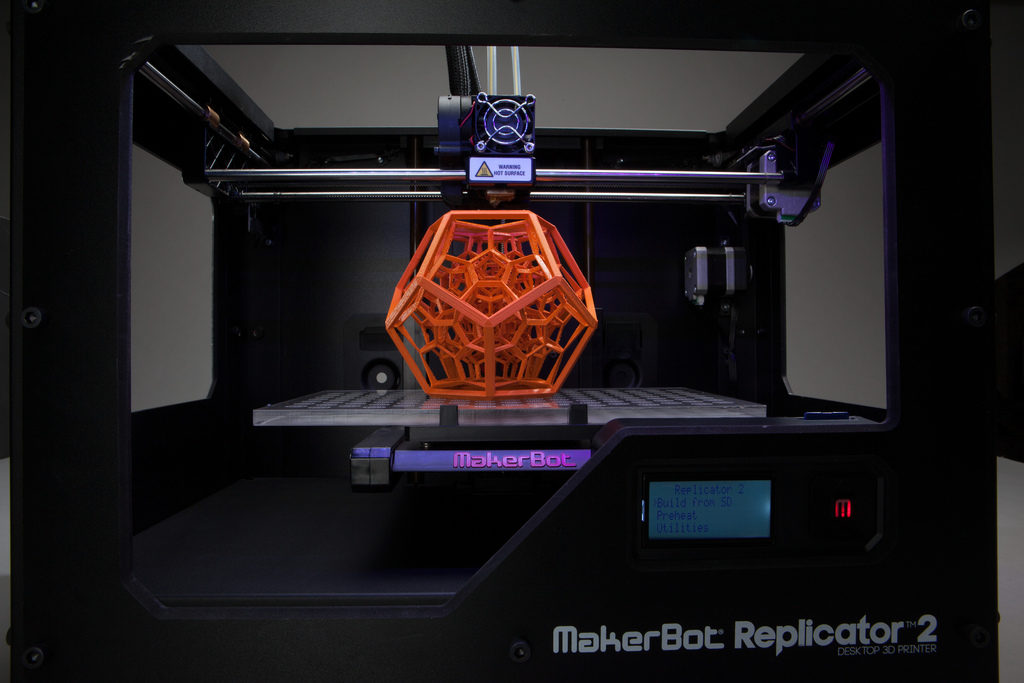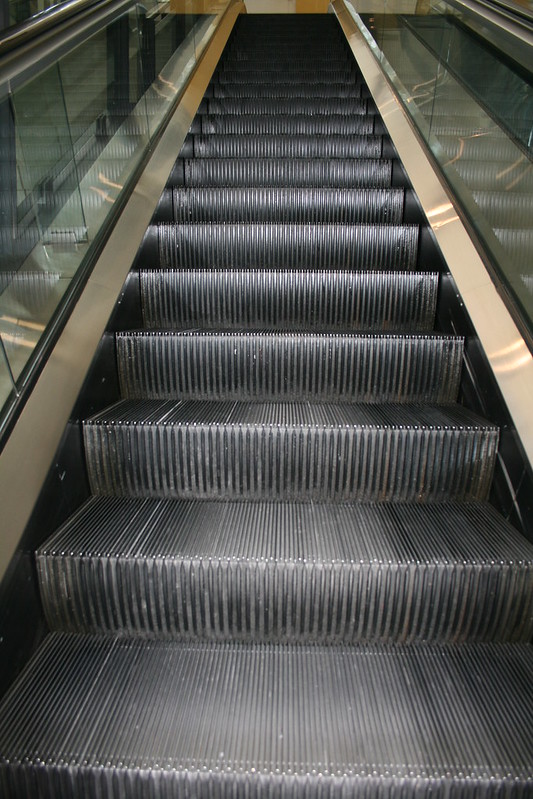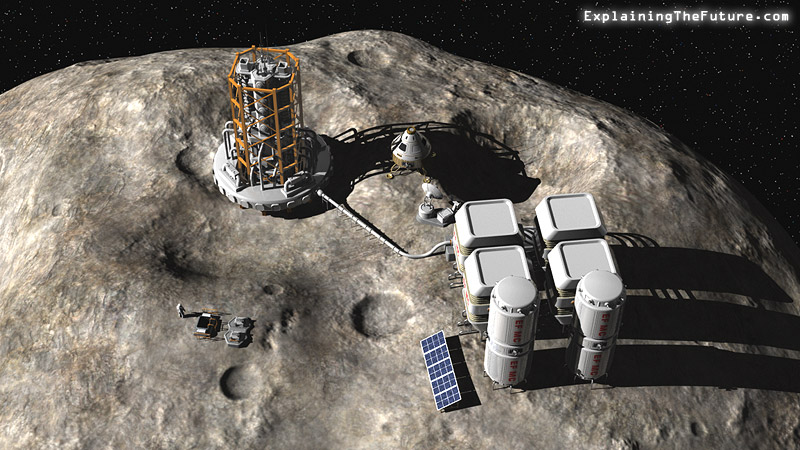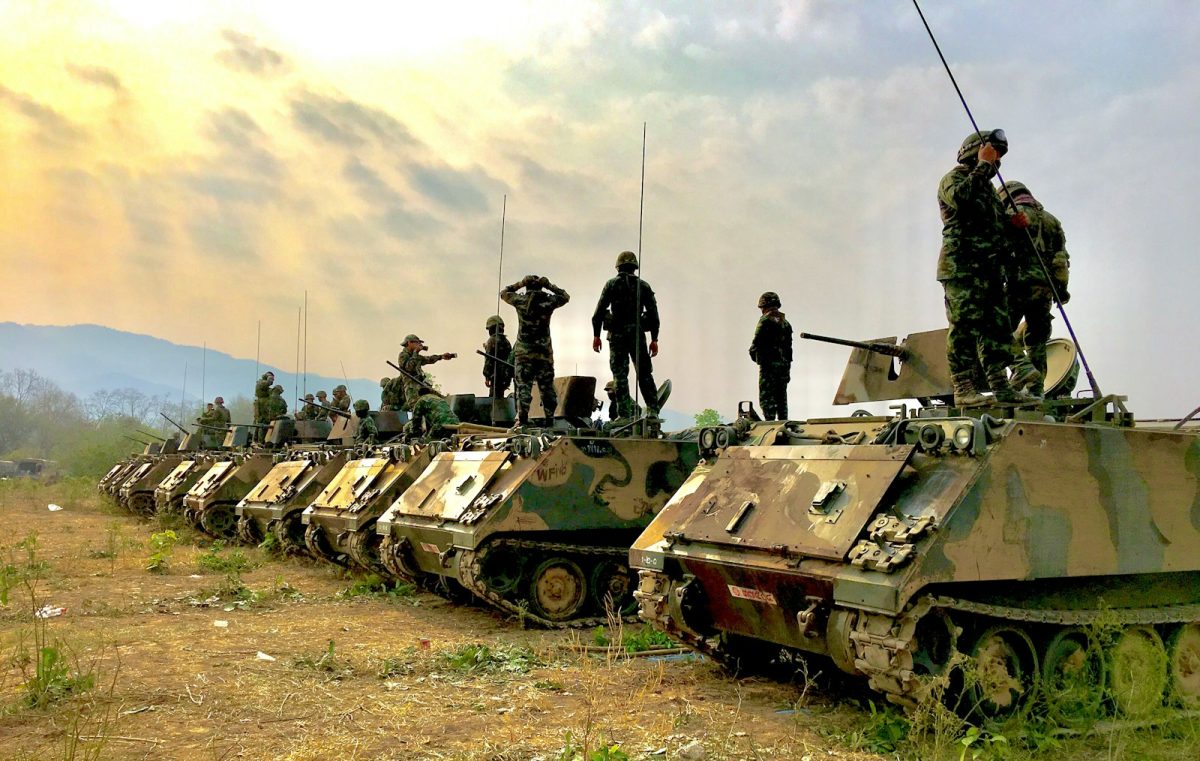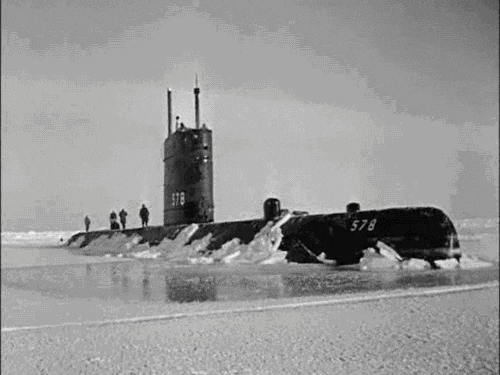Computer science has grown rapidly in the past few years, helping in everyday life, innovating and boosting our knowledge forward. Digital twins have been created to assist humans in all of these aspects, but what are they?
Digital twins are virtual representations of objects to make accurate decisions, updated with real time data. For example, if you are studying a wind turbine, you would outfit the important areas of functionality with sensors that can collect data like weather or the way that the blades usually move. They then add these data points to the digital copy of the windmill and can make simulations to learn how to improve the original windmill. The digital windmill is called the digital twin.
Simulations and digital twins are two commonly confused terms, a simulation replicates a system and its processes, but a digital twin is a much larger scale, including not just the mechanism that they are studying but the ecosystem and organisms around them. This creates a more accurate model with more data that can predict what will happen more accurately. Digital twins benefit from real time data, and then they send their observations to the real mechanism with suggestions so as to make it better and prevent different things from happening. Digital twins also have huge amounts of computing power because of the large virtual environment, so they are quite trustworthy. Because of this, digital twins can study more issues from far more points of view than an average simulation can, making this a superior way of learning with lots more information.
RELATED STORIES:
https://www.economist.com/leaders/2024/08/29/digital-twins-are-fast-becoming-part-of-everyday-life
https://www.ibm.com/topics/what-is-a-digital-twin
https://www.mckinsey.com/featured-insights/mckinsey-explainers/what-is-digital-twin-technology
https://www.sw.siemens.com/en-US/technology/digital-twin/
https://program-ace.com/blog/digital-twin-vs-simulation/
TAKE ACTION:
- Get coding classes and experiment in programming.
- Try out simulations of different machines and input data.

